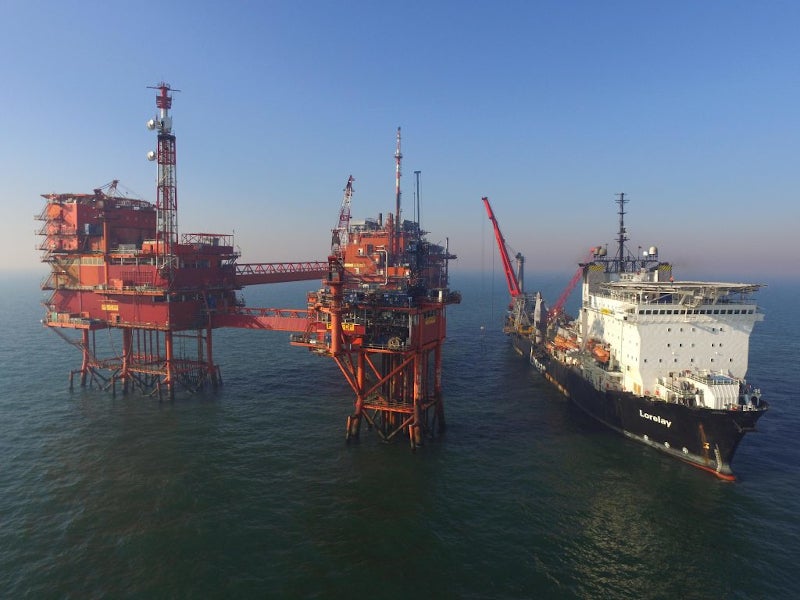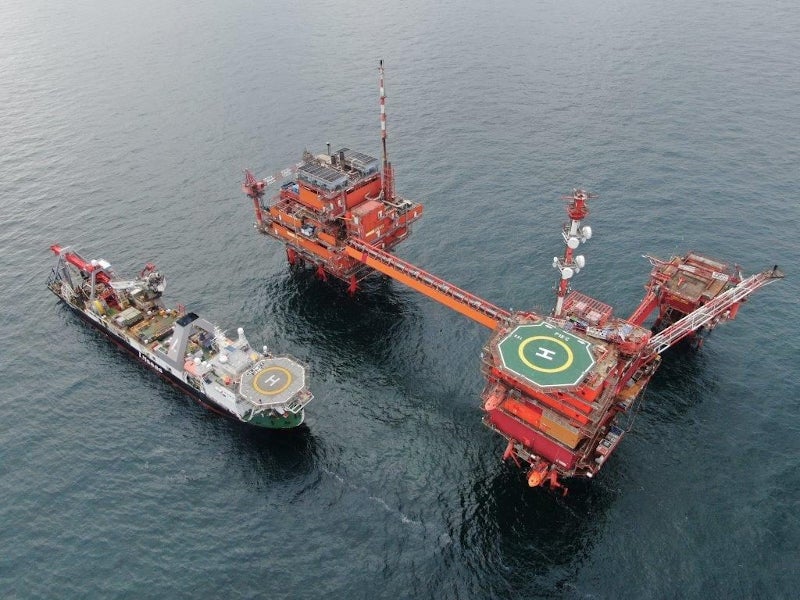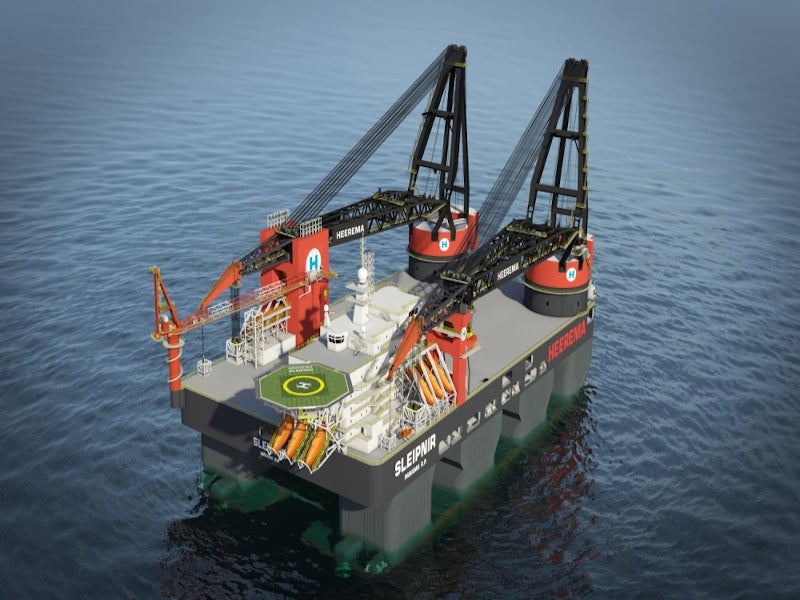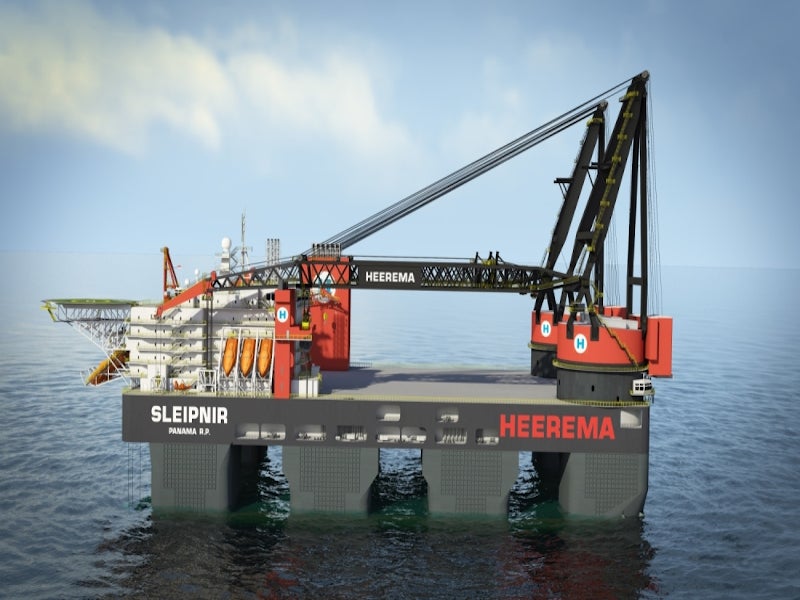Project Unity is a new gas development project being developed at a water depth of approximately 30m in the southwestern part of the Dutch North Sea, offshore the Netherlands.
It is being implemented by Dana Petroleum, a subsidiary of state-owned Korean National Oil Corporation (KNOC).
Dana Petroleum will operate the project in partnership with Energie Beheer Nederland. Project Unity was sanctioned in October 2019 and the first gas from the field is expected in mid-2021.
Project Unity gas development reserves
The project involves the development of the Van Ghent East and Witte de With gas reservoirs in the De Ruyter Area in Block P11b in the Dutch North Sea.
A gas and oil discovery well, P11-07, drilled to a total depth of 2,900m in Volpriehausen sandstones formation discovered Van Ghent East in December 2011. The Witte de With gas reservoir was discovered by the discovery well P11-09 in 2013.
Project Unity details
The Van Ghent East and Witte de With gas fields will be developed with two surface production wells, which will be drilled from the new P11-Unity platform, a small minimum facility platform.
The wells will be tied back to the De Ruyter platform located in Block P11b. Other related utility and control systems will also be installed with the platform.
Switzerland-based offshore contractor Allseas’ Lorelay and Calamity Jane vessels completed various activities such as pipe-laying operations, cable cutting and mattress installation and pre-survey and post-survey activities in 2019. The approximately 17km-long, 8in gas export pipeline was installed in a flooded condition.
P11-Unity platform details
The P11-Unity platform will be a tripod-structured platform with conventional piles to hold a two-deck topside production facility.
The topside of the platform will measure 10m x 8m x5.5m and the dimension of the jacket will be 27m x 30m x 49m. The platform will weigh 550t with topside, jacket and piles respectively weighing 35t, 345t and 170t. The platform will feature a piled foundation with legs piled into the bottom of the sea with a swaged connection.
The Sleipnir heavy lifting vessel is the largest semi-submersible crane vessel in the world and will deploy the platform. The deck area of the vessel measures 220m-long and 102m-wide. The vessel features two cranes with a lifting capacity of 10,000t.
De Ruyter field details
Discovered in Blocks P10a and P11b in the North Sea in 1996, the De Ruyter oil and gas field came on stream in 2006.
The field was developed with the installation of a permanently manned De Ruyter platform and a tanker mooring and loading system (TMLS) situated at a water depth of 34m in Block P11b, approximately 1.5km away from the De-Ruyter platform.
The field also contains a gravity base structure (GBS) comprising wellhead and lattice towers to support an integrated production deck (IPD).
The De Ruyter platform accommodates various facilities, including oil separation, power system, gas handling, and produced water treatment and oil and gas export facilities. The oil is stored in the GBS before exporting by shuttle tankers via the TMLS.
The gas from the facility is transported through a 29km-long, 8in pipeline to Wintershall’s P12-SW platform. The gas is further piped into the Noordgastransport (NGT) gas transportation system via Wintershall’s P6-A platform.
The De Ruyter field produces 4,000bpd of oil and 150,000Nm³ of gas a day.
Contractors involved
Netherlands-based fabricator HSM Offshore received the engineering, procurement, construction and installation (EPCI) contract for the gas development project in November 2019.
Enersea is the consultant to HSM Offshore for project development. HSM Offshore subcontracted Heerema Marine Contractors to transport and install the P11-Unity platform in June 2020.







